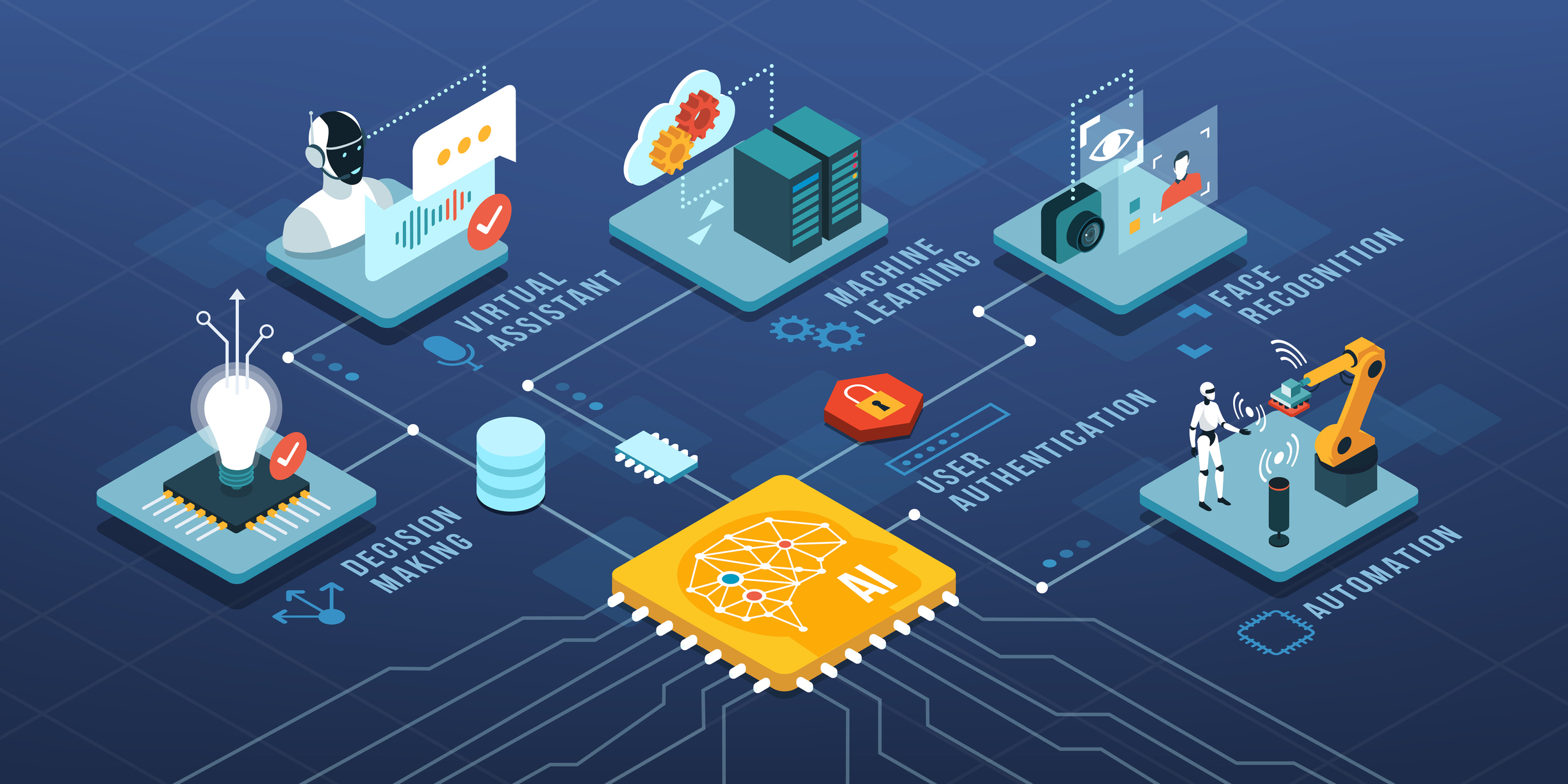
To help you understand what is going on in the technology sector in the U.S. and around the world, and what we expect to happen in the future, our highly experienced Kiplinger Letter team will keep you abreast of the latest developments and forecasts (Get a free issue of The Kiplinger Letter or subscribe). You'll get all the latest news first by subscribing, but we will publish many (but not all) of the forecasts a few days afterward online. Here’s the latest…
As semiconductor sales rebound next year, look for a frenzy of innovation that’s fueled by fierce competition, hefty investment by chip firms and governments, and rapid manufacturing advances.
A big driver of sales: Artificial intelligence, especially generative AI tools that can compose text, write computer code, create images and much more. Global semiconductor sales will rise 13% in 2024 versus 2023, hitting $590 billion, per estimates by World Semiconductor Trade Statistics. That comes after this year’s 9% decline.
Expect sales to be notably strong in the U.S. for high-end chips, with the strongest sales growth in memory, soaring 45% in 2024, after dropping 31% this year. That bodes well for Samsung, SK Hynix and Micron. Integrated circuits will see sales jump 16%, which is good news for vendors of high-end CPUs and GPUs, such as Nvidia, Intel, AMD, MediaTek and Qualcomm. There are weaker prospects for other chips used in automobiles, industry and the Internet of Things, though even those will eke out single-digit growth.
The skyrocketing demand for powerful AI chips has reset industry ambitions. Nvidia stands alone as the leader, being the sole provider of top-end AI chips that are used to train and execute neural networks, such as generative AI, which require massive amounts of calculations performed in parallel at low energy. But others are nipping at Nvidia’s heels, including AMD, Intel and Huawei, trying to compete with new AI chips. Meanwhile, top chip manufacturers are pressing harder. Taiwan Semiconductor Manufacturing Co., the top dog, will keep pushing the limits of chipmaking. Intel’s plan is to leapfrog five generations of chipmaking in four years. Samsung, too, is spending heavily to outdo TSMC.
Innovation at leading-edge manufacturers is paying off for firms creating custom AI chips next year and beyond, as chip designs can harness huge leaps in performance.
Some noteworthy chips and applications to look out for next year include more powerful data center chips from Nvidia where current models cost $25,000 to $40,000 each. Big buyers include Amazon, Microsoft, Alphabet, Meta and Baidu. Uses include real-time language translation, drug discovery and smarter chatbots. Also look for AI chips for smartphones and laptops and PCs with multiday battery life and the power to run generative AI, and smartphones that can convert text to images or spot the best facial expressions in a group of photos to create the perfect shot.
This forecast first appeared in The Kiplinger Letter, which has been running since 1923 and is a collection of concise weekly forecasts on business and economic trends, as well as what to expect from Washington, to help you understand what’s coming up to make the most of your investments and your money. Subscribe to The Kiplinger Letter.







